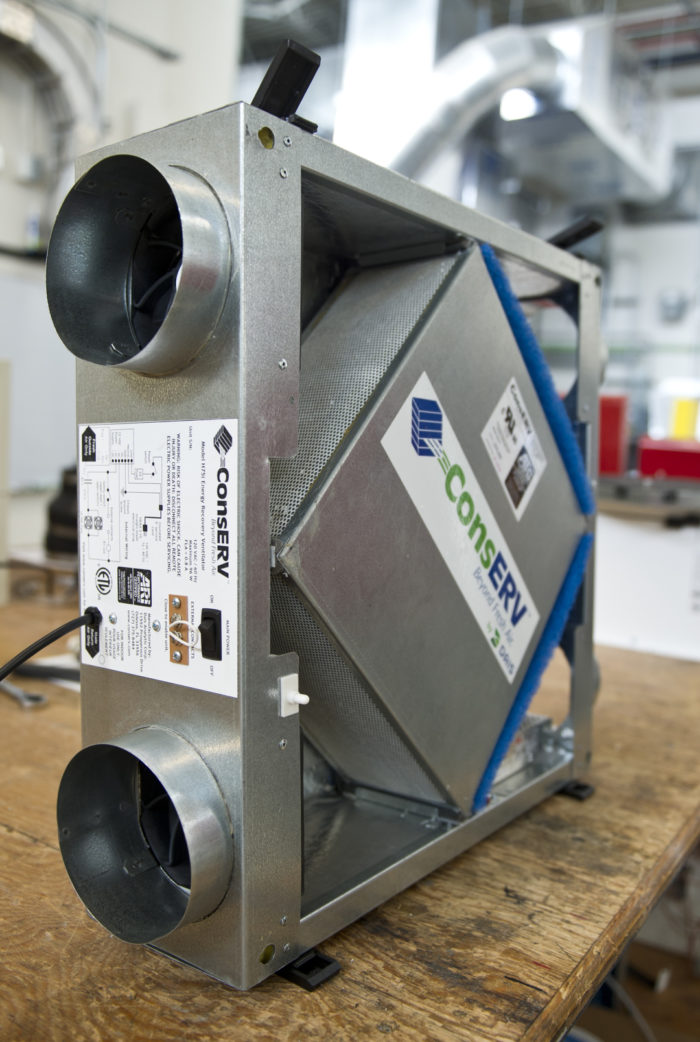How HRV Regulates Indoor Climate
Wiki Article
The All-Inclusive Guide to the Uses of Heat Recovery Ventilation in Modern Buildings
Heat Recovery Ventilation (HRV) systems represent a substantial innovation in developing innovation (HRV Heat Recovery Ventilation). They provide a technique for exchanging stagnant interior air with fresh outside air while decreasing power loss. This technique not only enhances interior air high quality but additionally adds to energy performance in both residential and commercial structures. Recognizing the various applications and benefits of HRV can expose its essential role in contemporary style and sustainability initiatives. The ramifications of this innovation are worth exploring even moreComprehending Heat Recovery Ventilation Equipments

Although numerous contemporary structures focus on energy effectiveness, comprehending heat recovery ventilation (HRV) systems is important for enhancing indoor air top quality and lowering energy consumption. HRV systems function by transferring warmth from stagnant indoor air to inbound fresh air, efficiently maintaining comfy indoor temperature levels while reducing power loss. These systems consist of a warmth exchanger, followers, and ductwork that help with the circulation of air. During winter season, HRV devices record and recycle heat from the outward bound air, while in summertime, they can assist cool down incoming air. By continuously trading air, HRV systems also lower moisture and the concentration of interior pollutants. Correct setup and maintenance of HRV systems are vital for their efficiency and effectiveness in boosting overall structure performance and convenience.
Benefits of Heat Recovery Ventilation
Heat recovery ventilation systems provide numerous advantages that enhance both power performance and indoor air quality in modern-day structures. By capturing and recycling energy from exhaust air, these systems significantly reduce home heating and cooling prices, bring about lower power intake. They maintain a constant circulation of fresh outdoor air, decreasing the threat of interior air toxins and irritants. This continual exchange helps control moisture degrees, avoiding mold growth and ensuring a healthier living environment. Additionally, HRV systems add to sustainability objectives by lowering general carbon footprints. Their ability to optimize ventilation without sacrificing thermal convenience makes them a beneficial enhancement to contemporary building design, advertising both financial and environmental benefits.Applications of HRV in Residential Structures
As home owners significantly prioritize energy efficiency and indoor air quality, the applications of warmth recuperation air flow (HRV) systems in property structures have actually come to be extra widespread. HRV systems are particularly helpful in securely secured homes, where maintaining fresh air flow is important for stopping wetness accumulation and indoor toxins. They effectively transfer heat from outbound stale air to incoming fresh air, decreasing power expenses related to cooling and heating. In addition, HRVs can boost convenience degrees by managing humidity and temperature level. They are additionally adaptable for various domestic layouts, consisting of single-family homes and multi-unit buildings. Overall, integrating HRV systems sustains sustainable living techniques while guaranteeing a much healthier interior environment for owners.HRV Heat Recovery Ventilation
HRV in Industrial and Commercial Settings
In business and industrial setups, the application of heat recuperation ventilation (HRV) systems has actually ended up being significantly crucial for enhancing power performance and preserving air high quality. These systems properly transfer warm from exhaust air to inbound fresh air, minimizing the need for additional heating or air conditioning. This not only lowers energy expenses but also contributes to sustainability efforts. Industries such as production, warehousing, and office complex profit significantly from HRV systems, as they assist manage temperature level and humidity levels, making certain a comfortable and efficient setting. HRV systems aid in getting rid of pollutants and excess dampness, improving interior air high quality. As laws around air top quality come to be more stringent, the fostering of HRV modern technology is likely to expand, making it a critical component of modern commercial and commercial facilities.Future Patterns in Heat Recovery Ventilation Technology

Frequently Asked Concerns
How Does Heat Recovery Ventilation Influence Indoor Air Top Quality?
Heat recovery ventilation significantly improves indoor air high quality by constantly exchanging stale indoor air with fresh outdoor air while recovering energy. This process decreases contaminants, preserves suitable moisture degrees, and ensures a much healthier atmosphere for passengers.Can HRV Solutions Be Mounted in Existing Structures?
HRV systems can without a doubt be mounted in existing structures. Retrofitting might require modifications to ductwork and air flow formats, yet it significantly improves power performance and indoor air high quality, making it a feasible choice for older structures.What Upkeep Is Required for HRV Systems?

Are There Particular Climates Where HRV Is More Effective?
Heat recovery ventilation systems are particularly efficient in environments with significant temperature level differences between periods. These systems maximize power efficiency by recovering warmth from exhaust air, making them ideal for both cold and moderately warm atmospheres.Exactly How Do HRV Solutions Affect Power Expenses?

Report this wiki page